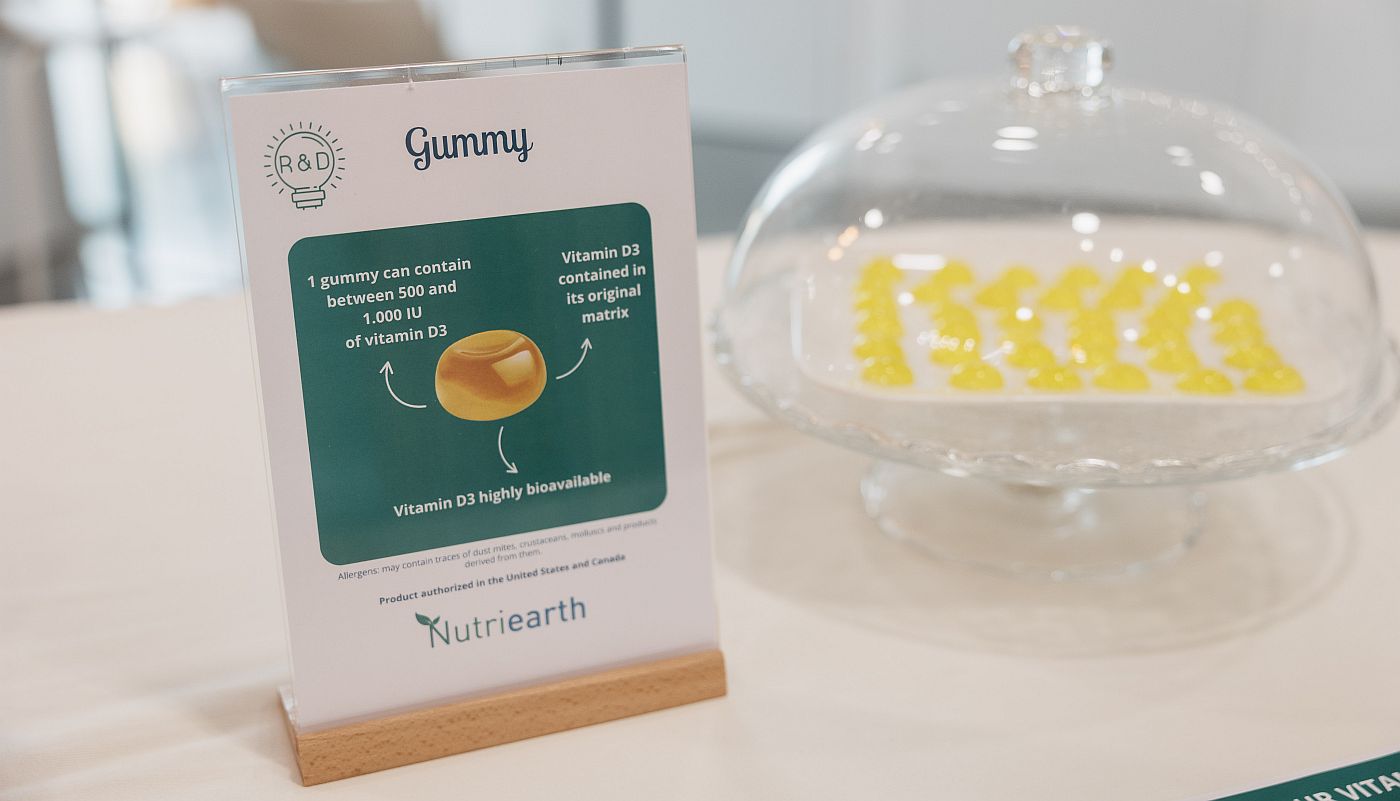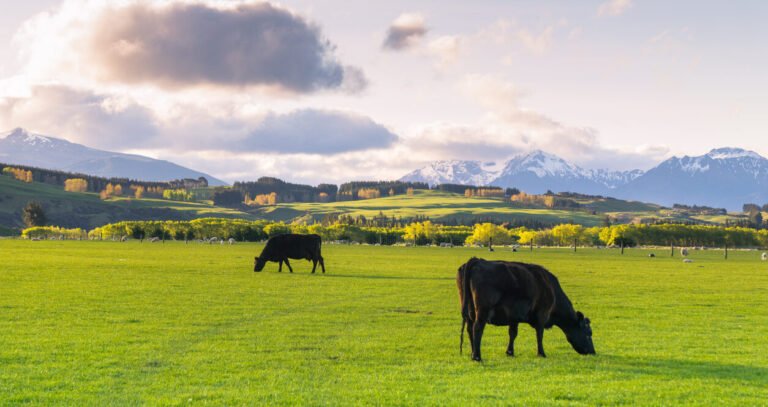
While the economics of using mealworms for sourcing bulk protein have proved challenging, it turns out that they are uniquely well-suited to producing a far more lucrative product: vitamin D3, says French startup Nutriearth.
There are several forms of vitamin D, notes CEO Jeremy Burks, who is scaling production for human consumption. However, the dominant form in supplements is vitamin D3 (cholecalciferol), which humans and some other animals produce when UV-B light from the sun converts a sterol in skin (7-DHC) to “pre-vitamin D3.” This then transforms into cholecalciferol.
As many people get too little exposure to sunlight and some are less efficient than others at making and using cholecalciferol, deficiency is common even in sunny regions when modern lifestyles limit time outdoors. As a result, the so-called “sunshine vitamin” is in high demand.
Vitamin-D rich oil and flour
Typically, says Nutriearth CEO Jeremy Burks, the vast majority of vitamin D3 is sourced from lanolin (the oily coating on sheep’s wool) and produced in China and India via a series of chemical reactions followed by thermal isomerization to vitamin D3, followed by purification and crystallization of cholecalciferol.
Mealworms, by contrast, naturally contain the same sterol backbone used in lanolin chemistry, leaving UV-B light to do the heavy lifting, says Burks, a food and ag industry veteran who occupied senior roles at Dow, Devro, Roquette and Cosucra before joining Nutriearth in June 2024.
“We don’t put anything in and we don’t take anything out. There are no extracts and no chemicals, and what we end up with is natural, sustainable, and also happens to have a very high level of absorption.”
He added: “We don’t farm mealworms ourselves; we work with a number of different suppliers that do that.”
Nutriearth then has two routes to make products, he said. “One is applying light to insect flour (ground up larvae) to get a high protein flour with vitamin D3 inside that we are targeting mainly for food applications. The integration levels are low, max 4%. We’ve done blind trials that show no effect on taste and texture.
“The other approach is starting with the insect oil [which contains the precursor] which some mealworm farmers physically separate [from the protein meal] with a centrifuge or press. And then we just take the oil and apply light, which gives you an oil that has vitamin D3 inside it. We’re targeting this at the dietary supplements and nutraceuticals market.”
In both cases, no pricey extraction process is required, he said. “We see interest in both [formats]. The flour is protein rich and easily integrated in foodstuffs while the oil lends itself very well to supplements.”
Nutriearth has secured novel food authorization for the flour in the EU and has another dossier for the oil that’s in progress, added Burks. “We have Health Canada approvals for the oil and self-GRAS Generally Recognized as Safe] status for the oil in the US, where we’re working with [ingredients distributor] AIDP. Additional partnerships will be announced in the next few weeks.”

High value, low-volume ingredients
As for the unit economics surrounding insect farming, he said, “These [insect ag] companies want to create an alternative source of protein and sell it into pet food or animal feed. To do that, they have to get the price very low, which means very big volumes. And to do that, the capex can be enormous.”
But for vitamin D, he said, “We’re talking about micrograms. The French government advises 15 micrograms a day. So we can supply 10 people every day of the year with a kilo of our material, which is a completely different order of magnitude in terms of volume.
“And the beautiful thing is that the precursor is naturally occurring in the mealworm, so we don’t have to do any work. It’s already done naturally. Our expertise is how we apply the light; we have seven patent families so we have it extremely well protected.
“There is a lot of know-how going into the specific wavelengths, the times, the distances, and so on and so forth. And you need to know all that in order to be effective in what we do. We have different routes to administer it, either lamps or LEDs.”
From pet food to human food
After “opportunistic” deals supplying firms in the petfood and animal nutrition space (with whole worms, flour and oil), things are now coming together for human applications following the recent regulatory approvals, said Burks.
“Previously we’ve been supplying companies in pet supplies and garden centers, and we’ve worked with a handful [of early adopters in France] making pastries, cakes and other products. But we installed clean rooms for human production in January, put in the equipment in March and started production in May, so we’re now able to meet the daily needs of more than 50 million people.”
While the lanolin-derived vitamin D3 market is well-established, he said, “There’s a premium opportunity in this market where consumers are looking for natural solutions and for performance. And we’re about to publish an animal study that shows ours is more effectively absorbed by the body than vitamin D from lanolin, the standard product on the market.”
De-risking the business
Nutriearth—which was founded by Thomas Dormigny and Jérémy Defrize, PhD, in 2017—raised an €8 million ($9.3 million) round in July 2024 backed by investors including Bpifrance, Demeter Investment Managers, Rev3 Capital, and Crédit Agricole, and is currently raising a new round, said Burks.
“The good news is we’ve got our CapEx behind us. We’ve got the R&D behind us. We’ve got regulatory approvals in place with more to come, so we have already significantly de-risked the business.”
That said, nothing about creating a new market is easy, he said. “Imagine looking out of the window and your view is spoilt by a tower block. You think if I could just have that tower block knocked down, my view would be splendid. And then you knock the tower block down, and you see something else spoiling the view. It’s just a sequence of challenges.”
Further reading:
The post Nutriearth scales light-activated vitamin D3 from an intriguing new source appeared first on AgFunderNews.

